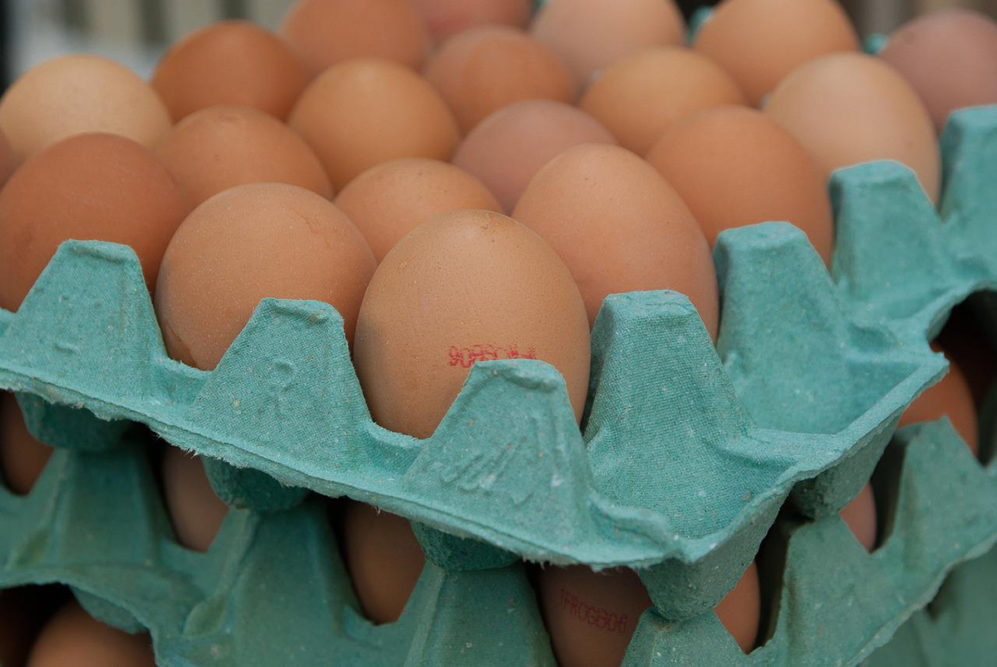KANSAS CITY — This summer, retail shell egg prices reached record highs, piggybacking on dried, liquid and frozen egg product prices that had touched all-time highs a few months prior. A series of events combined to fuel the record-breaking rise, from inflation strains to unexpectedly strong summer demand, but the biggest driving force behind these historical prices was this year’s outbreak of highly pathogenic avian influenza (HPAI), which critically squeezed an already tight egg supply.
“We’d gotten low on overall shell inventories,” said Amy Smith, vice president, Advanced Economic Solutions, Inc. “We were 18% below a year ago and about 25% below at the start of the year and got out-of-balance with egg sizes.”
Managing an outbreak at these supply levels was a nightmare scenario for a market already dealing with surging cost inflation and economic pressures from Russia’s invasion of Ukraine.
The HPAI outbreak, which flared up during the busy pre-Easter spring season, was the second-largest outbreak in seven years. The previous outbreak in 2015 led to the destruction of more than 50 million birds and spurred the development of new biosecurity measures managed and enforced by the US Department of Agriculture. This year’s outbreak started earlier than the 2015 event, and it has lasted longer, but it hasn’t affected as many birds thanks to the updated safety standards — but it’s getting close. According to the USDA’s Animal and Plant Health Inspection Service, more than 40 million birds, mostly laying hens, from commercial and backyard flocks across 38 states have been affected and destroyed.
Removing millions of layers from the market had a major impact on prices. Between early February, when the first cases of HPAI were reported, to early June, when the last incident in a large commercial egg operation was reported, prices jumped nearly 120% for frozen egg products, over 150% for liquid egg products and about 285% for dried egg products.
“We found a new ceiling this summer,” Ms. Smith said. “We reached a new record at $3 (per dozen) when HPAI hit earlier this spring, but we found a new ceiling at $3.40 this summer.”
The price hikes had many manufacturers withdrawing orders, choosing to wait until the typically slower summer months when schools are closed and hot weather limits consumer baking activities. It is a time when supplies are generally more available and egg prices tend to be lower. But soaring food prices pushed demand up at the start of the summer, and it never dropped.
“Everyone has been feeling the inflationary pinch, especially during June and early July when gas prices soared, and even though eggs are expensive, they are still a relatively inexpensive protein item when you compare it to a steak,” Ms. Smith said.
But demand for eggs wasn’t just felt at grocery stores. After two years of managing lockdowns and social isolation, consumers were ready to travel, which kept demand from the foodservice sector exceptionally active. Also, like many other industries, the egg market had to manage logistics and labor issues, which added more costs.
Trade sources indicated ingredient buyers, who had previously held back on orders in hopes of cashing in on summertime discounts, found themselves forced to order larger amounts at unexpectedly higher prices to re-stock quickly depleting inventories.
Also, the intense summer heat was affecting egg size availability since birds tend to drink more water during hot weather, which often leads to smaller eggs. Plus, producers who had been able to restock their flocks by summertime after being impacted by the HPAI outbreak earlier in the spring, only had young birds in their operations that typically produce smaller eggs.
Finally, there are indications the egg market is starting to soften. After a standard three-to-four-month quarantine and sanitizing recovery period, more HPAI-impacted operations are starting to come back online, and trade sources said price negotiations were once again relevant discussion points between buyers and sellers.
“We’re getting into a balance with our shell egg inventories, and I think that’s the correction we’re seeing now,” Ms. Smith said.
Also, after reaching record-high prices on shell eggs, consumers finally began pulling back at grocery stores.
“We’ve started taking the price elevator down,” Ms. Smith said. “I forecasted a 15% drop for August, but I may be light on that, and I think we could see $2 (per dozen) shell eggs by this fall.”
Despite an intensely hot summer, HPAI is still a concern. In late July, a large commercial turkey operation was infected, resulting in the culling of nearly 13,000 turkeys, and the industry overall was continuing to manage tight supplies.
“We still have a (chicken laying) flock that’s 25 million head below before HPAI hit, so we’ll still see low egg production likely through the rest of the year, and it’s just going to take time for those flocks to rebuild,” Ms. Smith said.

